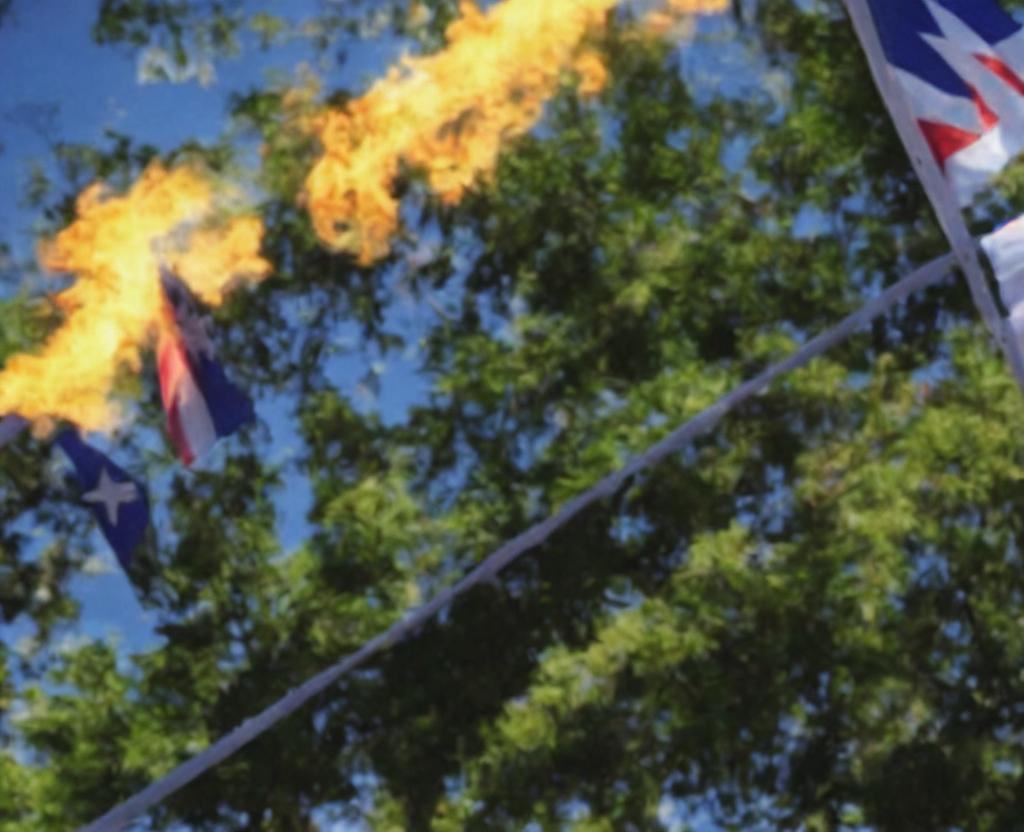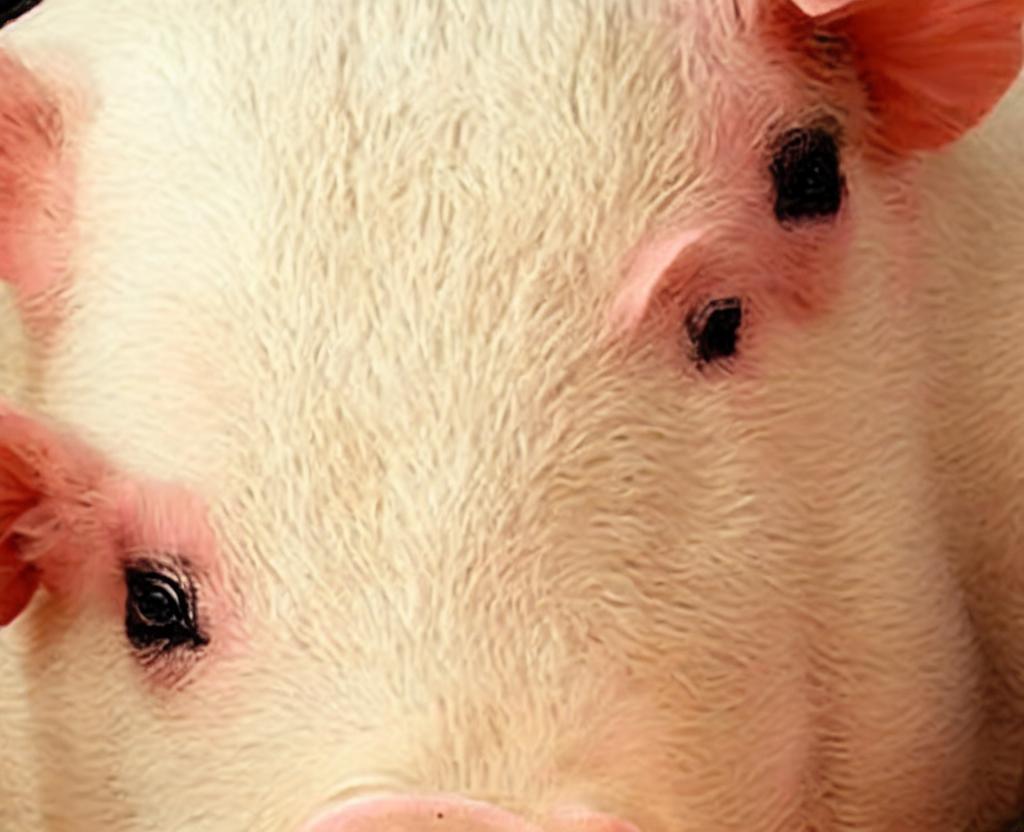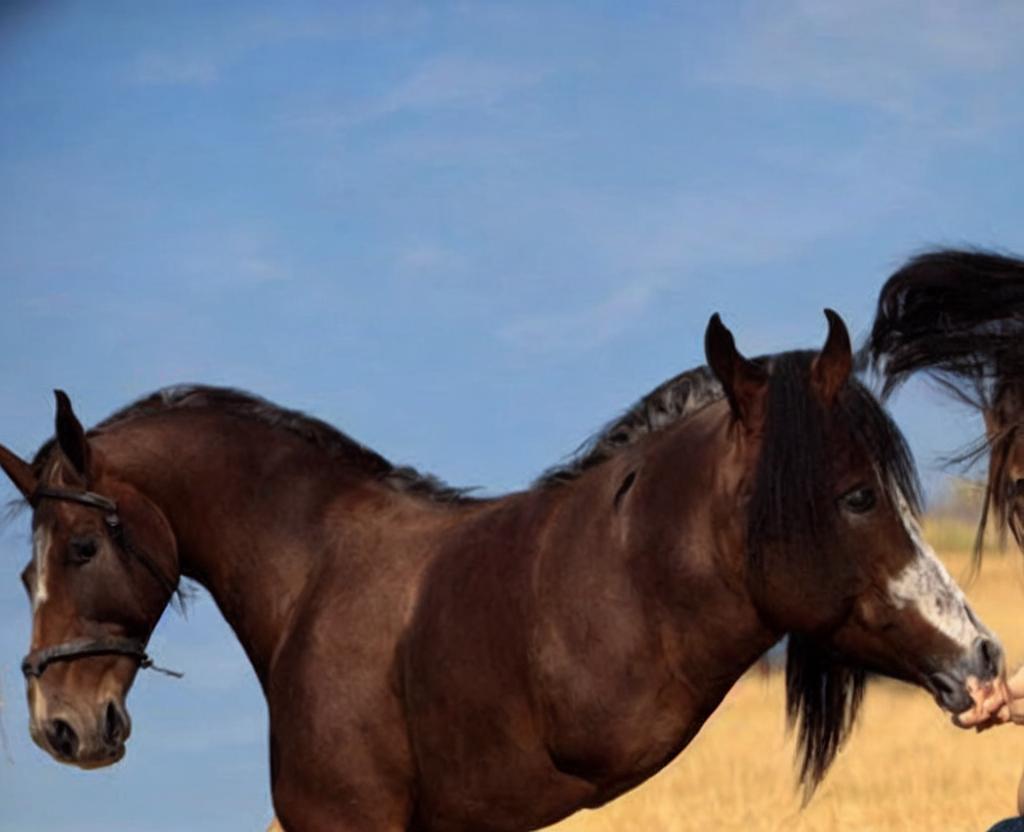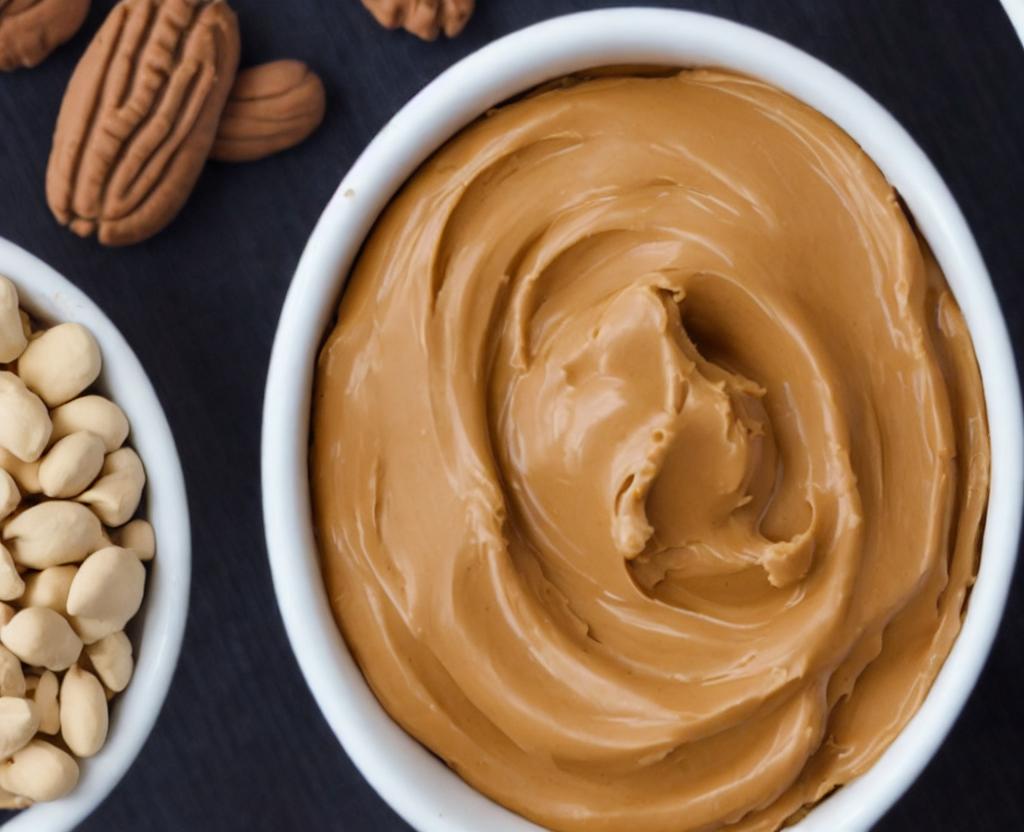What is National Minnesota Day?
We recognize each state in the order they entered the union, beginning with Hawaii and ending with Hawaii on Independence Day. We feature a small part of each state's past, foods, and the people who make up the state. There's so much more to discover, we can't help but celebrate our beautiful country even more.
Minnesota joined the union on May 11, 1858, making it the 32nd state in the United States, and sharing its northern border with Canada. Minnesota is the northernmost state of the continental forty-eight, with Angle Township on the north edge of Lake of the Woods. It extends along Lake Superior's northern shore, also known as the Gopher State.
When the first Europeans began to explore and later settle the area, Dakota Sioux and Ojibwa, Menominee, and other tribes populated the area. In the late 17th century, fur trading in the densely wooded territory resulted in French treaties.
The Mississippi River divides a portion of the state; its source is Lake Itasca. After the Revolutionary War, this natural boundary divided the region when the Treaty of Paris established the United States' western boundary. Minnesota did not become whole until 1836, when it became part of the Wisconsin Territory, 33 years after the Louisana Purchase.
In 1838 along the Mississippi River, St. Paul, once known as Pig's Eye Landing, was established as the state capital and was designated as the territorial capital in 1849.








